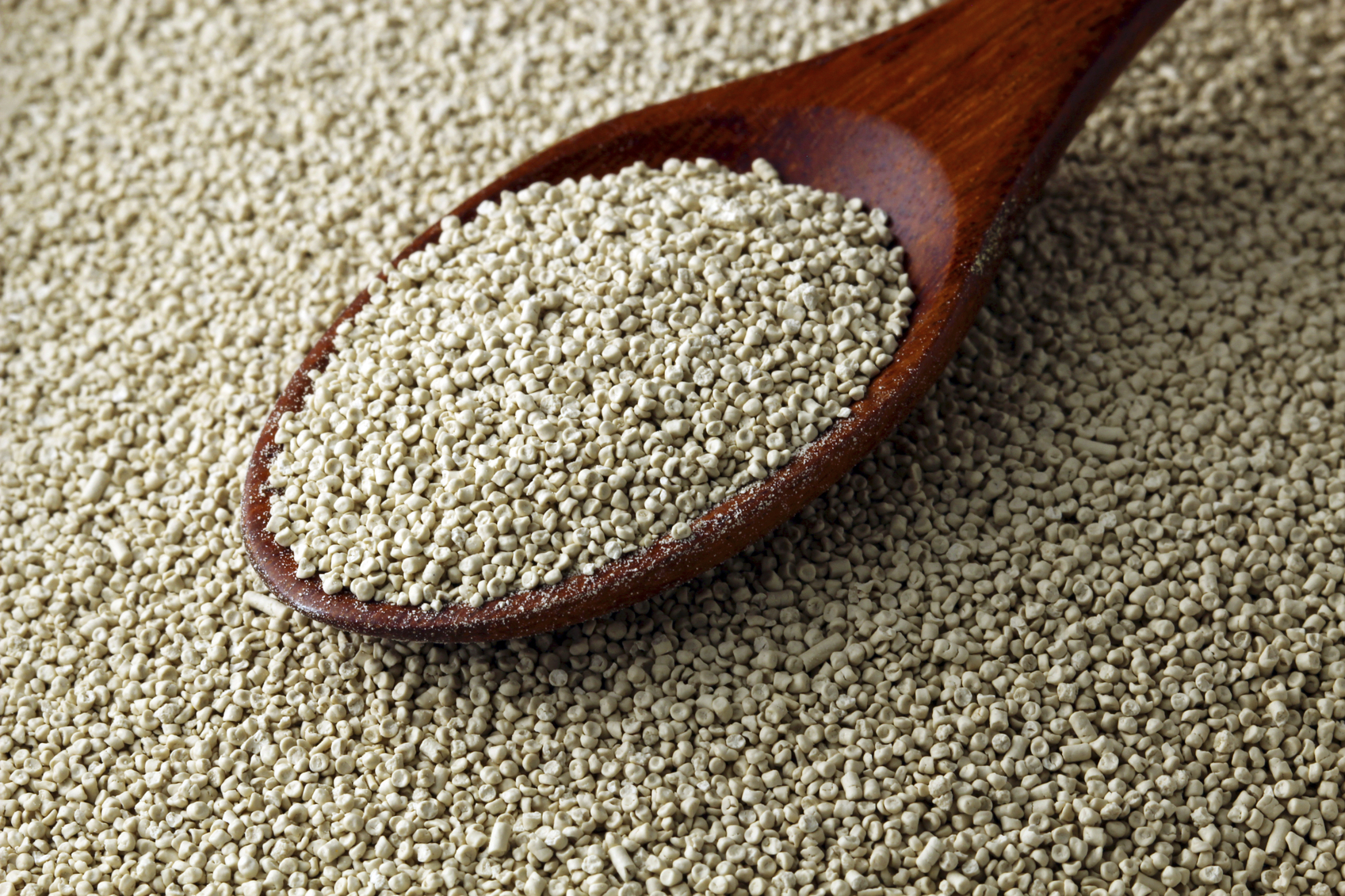Whisky may stem from human ingenuity, but it depends even more on two natural catalysts. These are the enzymes diastase and zymase, the former found in barley, the latter in yeast. Without their assistance, whisky would never exist. Diastase is the most important of a clutch of enzymes that change starch into sugars. In turn, zymase turns sugars into alcohol and carbon dioxide.
Yeasts are widespread throughout nature. And the fact that humans were able, thousands of years ago, to recognise and harness them shows the ingenuity of our supposedly uneducated ancestors. Long-forgotten dwellers of ancient Mesopotamia and Egypt daily made bread and beer and every year crushed grapes to make wine.
Yeasts are single-cell fungi that reproduce, often at a high rate amid the right nutrients, by budding. What is intriguing is that during the Middle Ages, brewers started identifying and isolating the yeast we now call saccharomyces cerevisiae (it means sugar-fungus of beer) and growing it in (for the time) large batches. They also noted that certain strains produced a better-tasting beer, whereas other strains produced less palatable ones. Obviously, the brewers focused on the good strains and weeded out the poorer species.
Today several breweries (Carlsberg, for one) produce a yeast specifically to create their beer and guard it like the crown jewels.
The yeast used to make whisky is different from brewer’s yeast in two respects—it has to keep functioning even when alcohol strength reaches 8% or higher, and it has to tolerate temperatures that would kill brewing yeast stone dead.
Yeast is delivered to distilleries in three forms—dry, cake or liquid. Dry yeast is a coarse, unappetising powder; cake yeast looks like putty and comes in plastic or polypropylene sacks; and liquid yeast is delivered in big tankers and looks like viscous, part-congealed milk. Smaller distilleries tend to take powder or cake yeast, especially if they are in remote locations. However, Talisker on Skye takes regular special deliveries of liquid yeast. And bigger distilleries increasingly take liquid.
Liquid yeast is easiest and cheapest to manufacture and mixes more quickly with worts in the washbacks to kick-start fermenting. However, distilleries need to install special cooled tanks, pumps and other costly equipment—a task often assisted financially by the liquid yeast makers in exchange for long-term contracts.
Biggest distilling yeast suppliers, particularly of liquid, are AB Mauri (pronounced Mowree), based at Hull. Other suppliers include Kerry at Menstrie—who also make Kerrygold butter—plus the US firm White Labs and the Canadian firm Lallemand. Many continental firms also make yeast, but mainly for the brewing industry.










